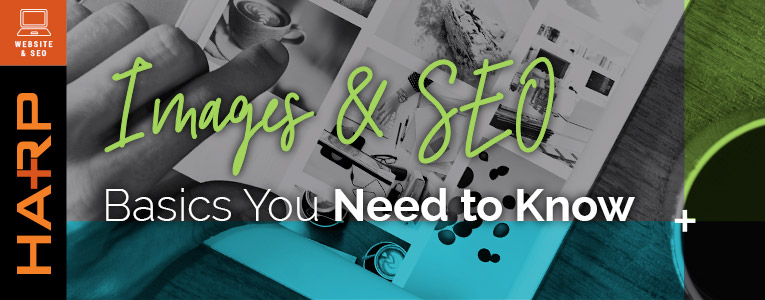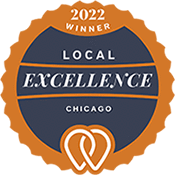Despite all their advancements in machine learning and artificial intelligence, search engines still can’t “see” images. Instead, they “read” them by analyzing a number of on-page indicators to determine what’s depicted. Updating these on-page indicators is a vital part of any search engine optimization initiative because properly optimized images boost your site’s SEO in many ways.
Images lead to higher rankings and higher conversion rates. Vivid, engaging images will keep people on the page longer, which leads to yet another SEO boost. Furthermore, properly optimized images appear in Image Search, and high-ranking images may even appear above the organic listings on a results page.
Basically, you need to optimize your images. Here are a few tips to help you get started.
1) Choose the right image
When searching for an image for your page or blog post, focus on finding pictures that:
- Are relevant to your content
- Emphasize the point you’re making
- Enhance the reading experience
What’s best for the search engine is what’s best for the user. Even if you’re just adding an image to change your Yoast SEO plugin score from red to green, you need to think about how that image will impact your visitors. Always choose images that are:
- High resolution (no blurry cell phone shots)
- Visible across all devices
- In the correct aspect ratio
2) Site speed & image size
Site speed is one of the most important ranking factors for both desktop and mobile searches. Users expect a webpage to load quickly and Google promotes the websites that meet that expectation. One of the easiest ways to speed up your site is to reduce the size of your images. Larger files take a lot longer to load than smaller ones. Reduce the size of your files and watch your page load time decrease while your rankings increase.
3) File names
Does IMG_6055675 mean anything to you? No? Then it doesn’t mean anything to a search engine crawler either.
Before you upload, rename each image with a clear, informative file name that describes what is shown. Incorporate relevant keywords when possible, but don’t overdo it. The key is to be as direct as possible. This will not only make search engines happy, but will also make your life much easier if you ever have to search through your image library to find a photo.
4) The all-important alt text
Alt text (or alt tags) describe an image and the function it serves on a page. They are one of the most important elements used by search engines to understand your page content. Alt tags aren’t seen by most users, but they will appear on-page in place of pictures that won’t load and when your site is accessed by screen readers—special browsers used by the visually impaired. This is especially important for staying compliant with ADA regulations.
Basic rules for writing alt text:
- Write clear, descriptive and concise alt tags. Think of it like you’re describing the image to someone who can’t see it.
- Incorporate keywords when relevant. Don’t keyword stuff, always write in plain English.
- Don’t use alt tags for decorative or background images. Search engines may think you’re over-optimizing your site and could penalize you.
5) Title tags
Title tags are the text that appears when a user hovers over an image. They don’t carry any direct weight when it comes to rankings, but can improve the user experience.
When uploading images to your site, write helpful titles that encourage users to take action. This can have a significant impact on your conversion rate.
Pro Tip: Writing good image titles is especially important if your brand is big on Pinterest because image titles show up as the text Pinners see when they pin your photo to one of their boards.
6) Create an image sitemap
Google recommends using an image sitemap to help their crawlers find all the images on your site. And when Google recommends something, you should really think of it as a requirement.
If you already have a sitemap, you can add image information to it, or create a separate sitemap just for images. Depending on your site’s content management system, you may be able to find plugins, modules or add-ons that automate this process for you.
Ready to climb to the top of the search results page?

